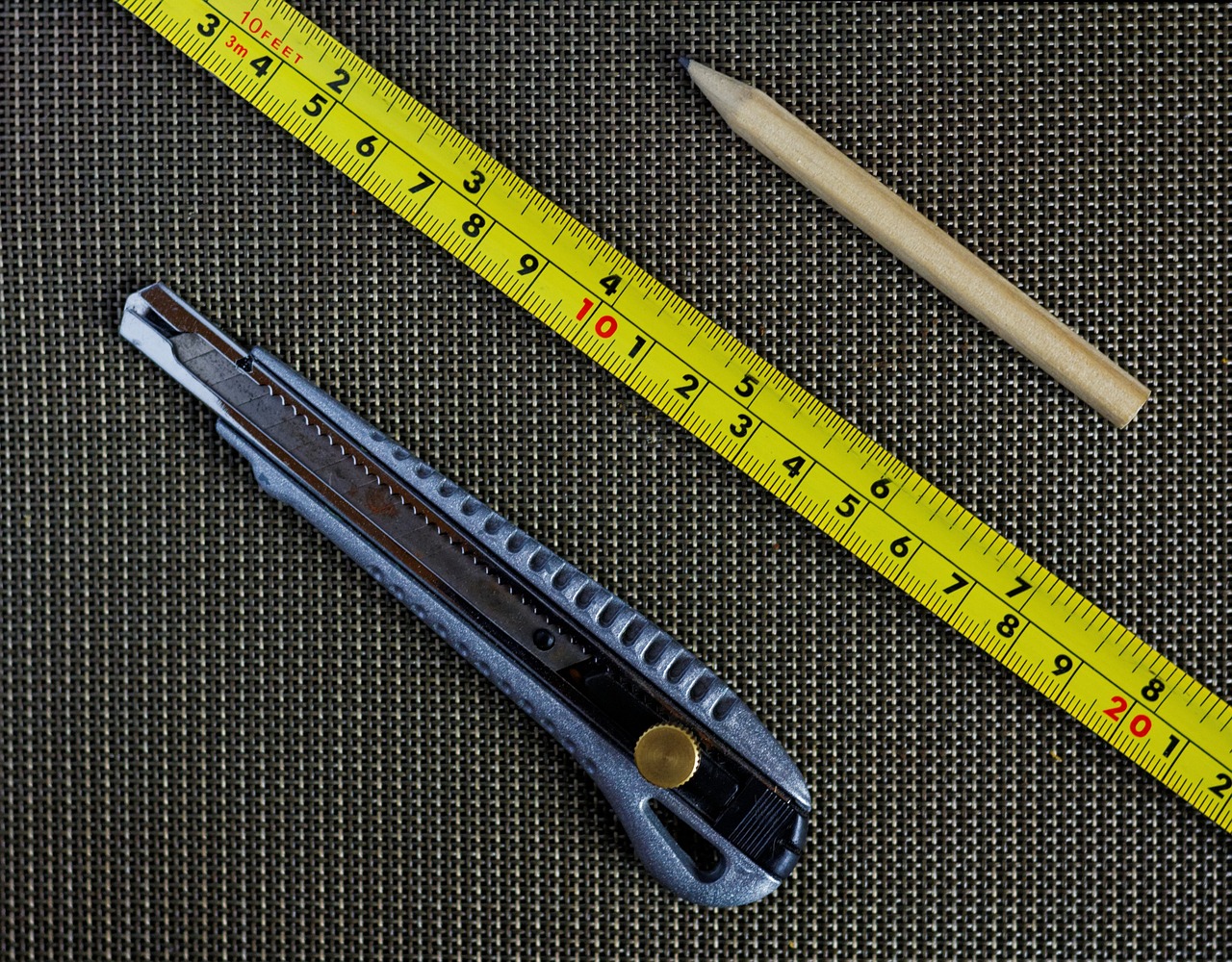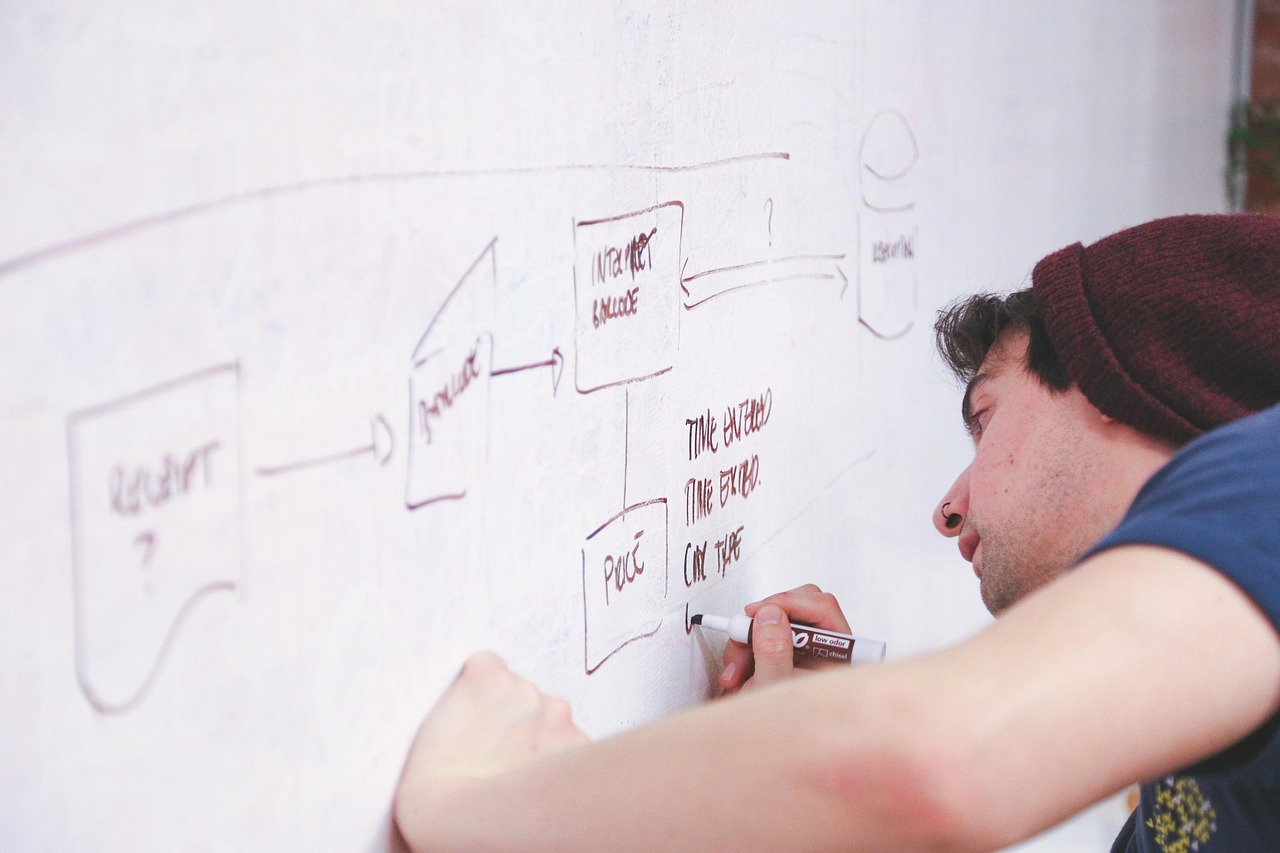Creating a STEM learning environment at home is one of the most impactful ways to nurture your child’s curiosity and critical thinking skills. Whether you have a budding scientist, engineer, or tech enthusiast, turning everyday spaces into hands-on learning zones can spark imagination and make learning exciting. And the best part? You don’t need fancy equipment or a big budget—just a little creativity, some basic materials, and a love for learning.
🧠 1. Know What You’re Aiming For
Before you start rearranging furniture or buying supplies, take a minute to ask:
What kind of STEM activities do I want us to do?
Are your kids into experiments, coding, building stuff, or solving puzzles? Having a clear focus will help you figure out what kind of tools and space you’ll need.
🏠 2. Pick a Spot That Works for You
No need to dedicate an entire room—just find a little corner that:
-
Has good lighting
-
Isn’t full of distractions
-
Has enough room to spread out a bit
Even a kitchen counter or a corner of the living room can work like a charm.
🧰 3. Gather Some Hands-On Tools
You don’t need anything fancy. A few basic supplies can go a long way:
-
Science kits (volcanoes, slime, circuits)
-
LEGOs or building blocks
-
Measuring cups, rulers, or scales
-
Laptops or tablets for coding
-
Math games or flashcards
Pro tip: Use bins or shoe boxes to organize supplies—it keeps things neat and accessible.
💻 4. Use the Tech You Already Have
There are so many free (and fun!) STEM resources online. Try:
-
Scratch for beginner-friendly coding
-
Tynker or Khan Academy Kids for guided lessons
-
YouTube channels like SciShow Kids or STEMandFitness for cool experiment tutorials
Just make sure devices are secure and kid-friendly.
🔄 5. Make It Okay to Explore—and Mess Up
STEM is about experimenting, not getting it perfect on the first try. Encourage your kids to:
-
Ask questions
-
Try weird ideas
-
Make mistakes (and laugh about it)
-
Solve problems in creative ways
Let them take the lead sometimes—they’ll surprise you!
🗓️ 6. Create a Loose Routine
Having a flexible schedule helps keep the momentum going. You could try:
-
Maker Mondays – Build something simple
-
Tinker Tuesdays – Explore tools or gadgets
-
Science Saturdays – Do an experiment together
Make it feel like a weekly adventure instead of another school assignment.
🖼️ 7. Add Some Inspiring Decor
Make the space feel special with:
-
Posters of astronauts, engineers, or cool inventors
-
Fun charts (solar system, the human body, etc.)
-
A whiteboard for doodling, planning, or just being silly
Even a few stickers or drawings can bring the vibe to life.
🔗 8. Connect STEM to Everyday Life
STEM doesn’t just happen at a desk. It’s all around us:
-
Cooking = chemistry + math
-
Fixing things = engineering
-
Budgeting = real-life math
-
Gardening = biology in action
Point these moments out and get your kids involved. Every day life is the best classroom.
🌟 Final Thoughts
Creating a STEM space at home isn’t about being perfect—it’s about making learning fun, curious, and hands-on. Whether your kid builds a robot, codes a simple game, or just asks “why?” a lot more often, that’s a win.
So go ahead—clear a little space, grab a few supplies, and start building a learning environment that fuels imagination and curiosity. Your future scientist or engineer will thank you someday!




